How to Squat like a Pro
The squat is one of the fundamental compound exercises we consider when engaging in any form of fitness goal. With so many different styles and techniques, it can be difficult to know where to start with squats. In this week’s blog, former Personal Trainer and Fitshop Content Exec Chris White is on the case.
What is a Squat?
Let’s break the squat technique down to its basics before diving any deeper. A squat is a lower body exercise that targets the quadriceps (that’s your thigh muscles) and your glutes (that’s your bum muscles), as well as a whole host of others. The exercise starts in the standing position, then bends the knees into a squatting position, and returns to standing – that is one repetition.
We now have three stages:
- Standing phase – The default position of the squat
- Eccentric Phase – This is where we lower into the squatting position
- Concentric Phase – This is where we raise back into the standing position
Let’s break these apart.
Standing Phase
This is our default position; whilst it is just standing straight, there are some basics to get right here and maintain throughout the exercise:
- Feet – shoulder-width apart, pointed outward by around 30-45 degrees.
- Knees – Straight, but not locked straight. Avoid locking out any joint during the exercise.
- Hips – Tilted back to push your bum out a little.
- Back – Straight, engage your core to stay solid.
- Shoulders & arms – For a bodyweight squat, I tend to recommend crossing your arms over your shoulders. For the weighted squat, I have included a section in the FAQ.
- Head – Looking straight ahead.
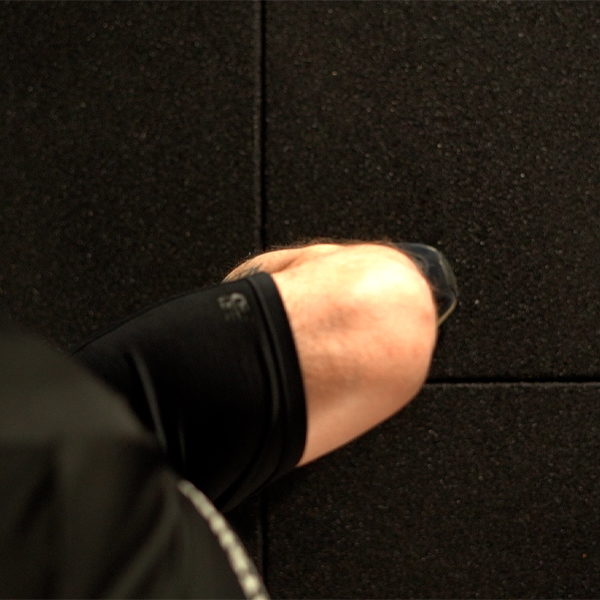
While much of this sounds obvious, it is essential to double-check each of these points. I have seen many clients who look down or up as they squat, which affects the rest of the form, or they start with their feet pointing straight ahead and find that their balance is off. These are simple changes that make a big difference to your technique.
Eccentric Phase
The eccentric phase in exercise is where our target muscles lengthen under tension. For our squat, our quadriceps are lengthening as we lower ourselves into the squat position. For the most part, everything remains the same as the standing phase. However, there are some finer details to be aware of during this phase of the squat.
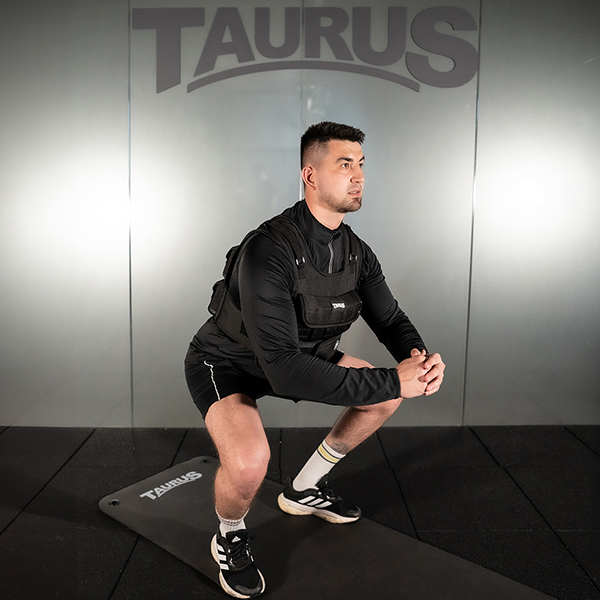
- Feet – Keep your flat on the floor. Do not raise your toes or heels.
- Knees – Follow your toes at a 30-40 degree angle. Generally, your knees should not extend past your toes during a squat; however, for some body types, especially those of taller individuals, this is acceptable.
- Hips – Remain flexed, leading your bum back as if sitting down on a chair.
- Chest – Keep your chest raised throughout the exercise. This is essential for good form posture.
- Head – Look straight ahead. It can be tempting to look up or down, but find a spot ahead of you and use that as your focus.
The point at which we end the eccentric phase is one that is subject to debate in different fitness communities. The term “ass to grass” (AtG) is popular, but it is not very useful when we are squatting, especially if we are under the weight of a barbell. AtG isn’t necessarily bad, but the risks of injury and overextension are not worth the extra inches of movement. Many people lifting for strength also find that they lose power after a certain point (often referred to as the “butt wink”).
Another thing to consider during the eccentric phase is speed. The movement during this phase should be slow and controlled. Going too fast during the eccentric phase can cause you to lose your balance and may lead to raising your toes or heels.
Concentric Phase
The concentric phase is where our target muscles shorten under tension, in this case, our quadriceps. This is the phase in which we return to standing, and you will use your power to return to the standing position. Everything in the eccentric phase remains true in the concentric phase. As we lift through the squat, we want to do so with power and greater speed than during the eccentric phase, but control remains essential.
Breathing technique during squats can be very complicated. Generally, we are instructed to exhale with the effort (in this case, the lift). This method is suitable for most people who are squatting, but if you are moving into higher weight tiers or squatting for competition, the technique changes to one deep breath that is held throughout the single rep. Dr Aaron Horschig at The Squat Univeristy made an excellent blog which goes much deeper into this subject. As with most things, there are conflicting opinions on the matter, but I feel confident that most people squatting for fitness or just getting started will do fine with inhaling during the eccentric phase and exhaling during the concentric phase.
Types of Squat
Squats come in many forms, with variations created by the type of weight you’re lifting or the technique; here’s a short list of some variations you may come across online or in the gym.
- Barbell Squat – A basic squat technique under the resistance of a barbell loaded onto the back.
- Bodyweight Squat – The basic squat done without any resistance – a great starting place.
- Front Squat – Similar to the barbell squat, the barbell is mounted at the top of the chest to emphasise the quadriceps.
- Goblet Squat – Usually performed with a heavy dumbbell or kettlebell held in front of the body.
- Pistol Squat – An advanced squat performed on a single leg, with the floating leg locked out in front of the body as you descend into the squat.
- Sissy Squat – Breaks many of the rules of the basic squat position by going onto the balls of the feet and leaning back as you descend into the squat.
- Split Squat – Not to be confused with a lunge, the split squat takes the split stance of a lunge as the default position. Don’t forget to switch legs between sets.
- Sumo Squat – Take a wider stance to emphasise the hip flexors.
- Zercher Squat – Similar to the front squat, the Zercher variation places the barbell in the crook of the elbows, which places effort on the upper back while you squat.
Of course, you will find many more variations and tweaks online and in gyms, but this covers some of the most popular ones.
Squatting at Home
Whether you’ve got a complete home gym setup or no equipment at all, you can get your squats in. At Fitshop, we offer thousands of options for every budget, perfect for those looking to upgrade their setup. Here are some of our top picks available online or in our stores:
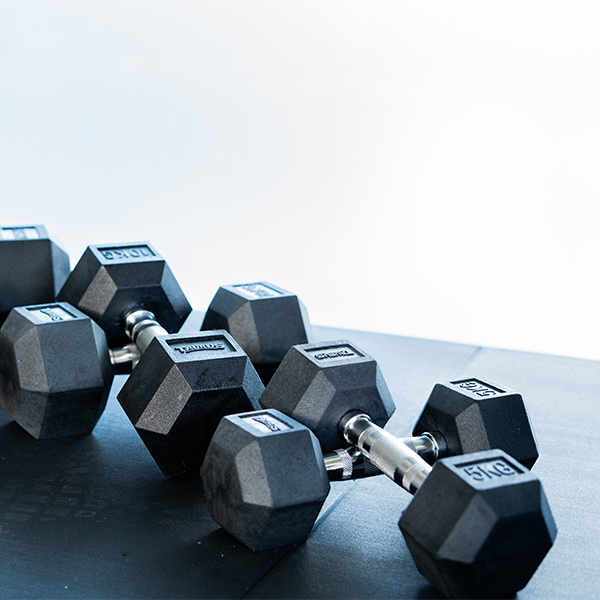
Dumbbells
Dumbbells are a great place to start when you want to transition from simple bodyweight exercises to adding some resistance. The goblet squat variation only requires a single dumbbell. Still, you may also wish to combine your exercises by doing a squat with a shoulder press, working two muscle groups simultaneously. Whatever your goals, we recommend the Taurus Hex TPE Dumbbells as a great place to start. They’re high-quality and come in a range of weights, fitting into any gym space, whether commercial or home-based.
Kettlebells
Much like dumbbells, a kettlebell can be an excellent tool for goblet squats, offering a more comfortable grip and a distinct feel compared to a regular dumbbell. Kettlebells can place all the weight above or below the hands, providing a more intense feel compared to dumbbells, which distribute the weight across each end.
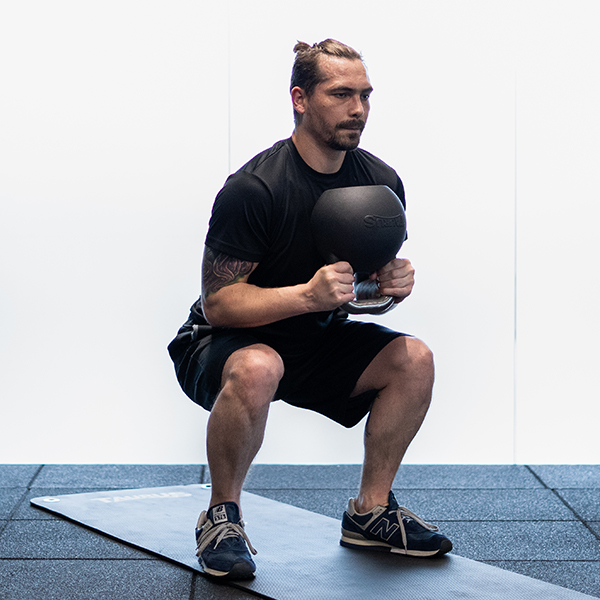
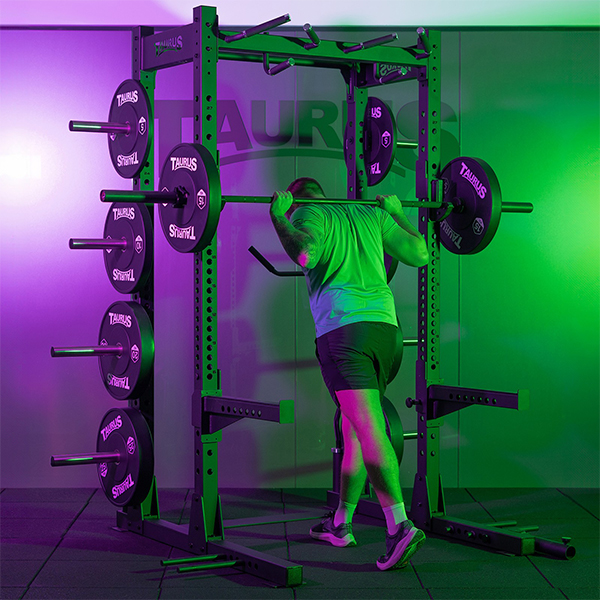
Squat Racks
If you’ve got the space, a squat rack is an excellent addition to any home gym. The Taurus Elite Half Rack V2 is a fantastic piece of equipment, boasting a massive 500kg weight capacity and a sleek design that accommodates an array of modular attachments, including a monolift or dipping handles.
For gyms with limited space, consider the wall-mounted Taurus Pro Folding Wall Rack. The wall-mounted design is not only space-friendly but also budget-friendly while maintaining a high weight capacity of 250 kg. It’s the perfect choice for a garage gym or studio gym.
Barbells
What squat rack would be complete without a barbell? Fitshop offers a wide selection of bars, but for home gym setups, we recommend the Taurus 7ft Pro Olympic Barbell. The bar can hold up to 320kg and comes in chrome or black to match your gym aesthetic. Paired with Taurus Olympic Weight Plates, you level up your squats as you get stronger and more confident.
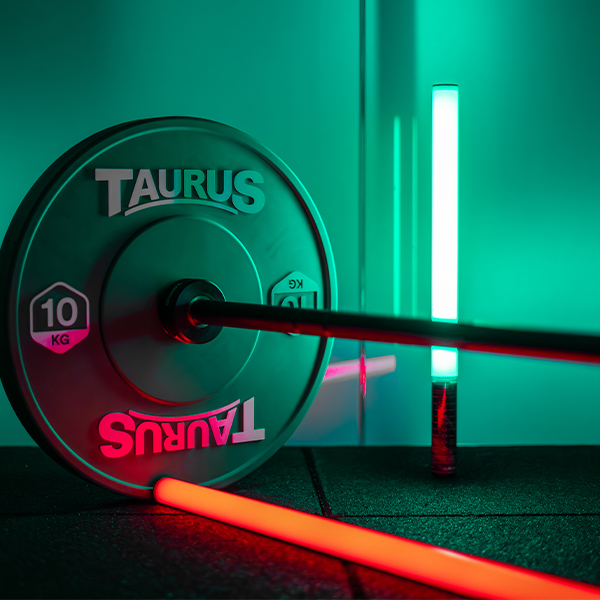
Squat FAQ
What is a “Compound Exercise”?
A compound exercise uses multiple joints and muscles in the body. Squats are considered a compound exercise as our bodies move at the ankle, knee and hip joints throughout the exercise. The opposite of a compound exercise would be an isolation exercise, such as a leg extension, which utilises only the knee joint to target the quadriceps.
What Muscles Do You Work in a Squat?
Squats are a compound exercise which covers a large amount of muscles in our lower limbs. The target muscles of a squat are the quadriceps (thigh muscles). The glutes (that’s your bum), the adductors (inner thigh muscles), and the soleus (part of the calf) are the synergists (helper muscles) that also get worked during the exercise. The hamstrings (the backs of the thighs) and gastrocnemius (a part of the calf) act as dynamic stabilisers (keeping you steady as you move through the exercise) and are also worked.
Other muscles that are essential to the squat include the erector spinae (lower back), our rectus abdominis, and the obliques (parts of our abdomen). These muscles also help with your stability as you move through the squat. However, they aren’t necessarily targets for the exercise.
Where Should My Feet Be During a Squat?
One of the hot topics in blog form is foot placement, and, as is usual with these debates, the answer is “it depends.” Toes pointing outward is always recommended for knee safety. The degree to which it depends on several factors, including your flexibility and the type of squat you are performing.
For example, a wider squat, such as a sumo squat, benefits from a wider angle to assist in balance as you go deeper into the squat. If you’re doing a narrower squat, you may only require 15 degrees. For your standard squat, a 30-degree angle is advised.
Where Should the Bar Rest During a Barbell Squat?
The bar should sit just below the spine of the scapula (that’s your shoulder blade). This is the bony shelf-like protrusion at the top of your shoulder blade. The bar should sit just under this point. If the bar is too high, you will find the bar crawling up your back as you squat, making you uncomfortable and offsetting your form. Too low, and the bar will crawl down the back, also putting pressure on your hands, which is not recommended as this can lead to injury.
Was this blog helpful? Give us a thumbs up below, and be sure to check out our TikTok and Instagram pages for more content, deals and events! Stay tuned for the next blog.
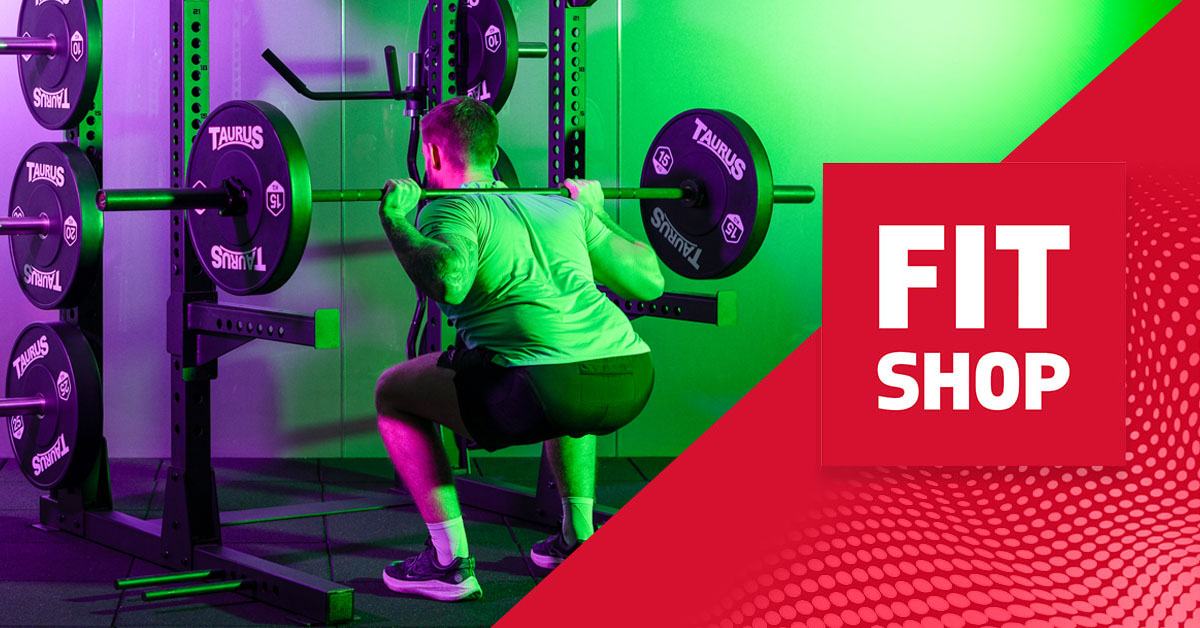
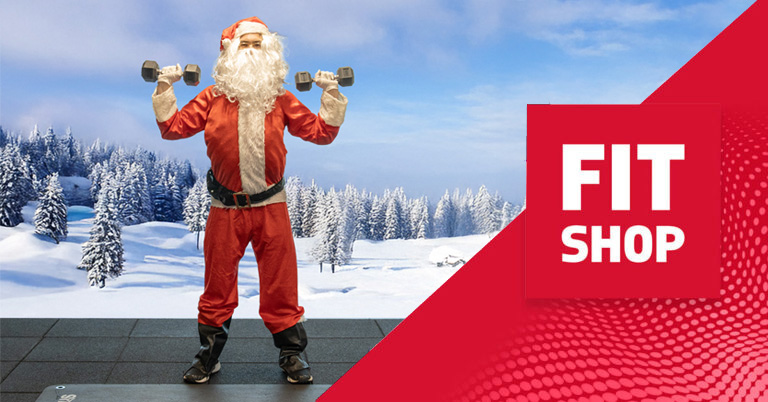
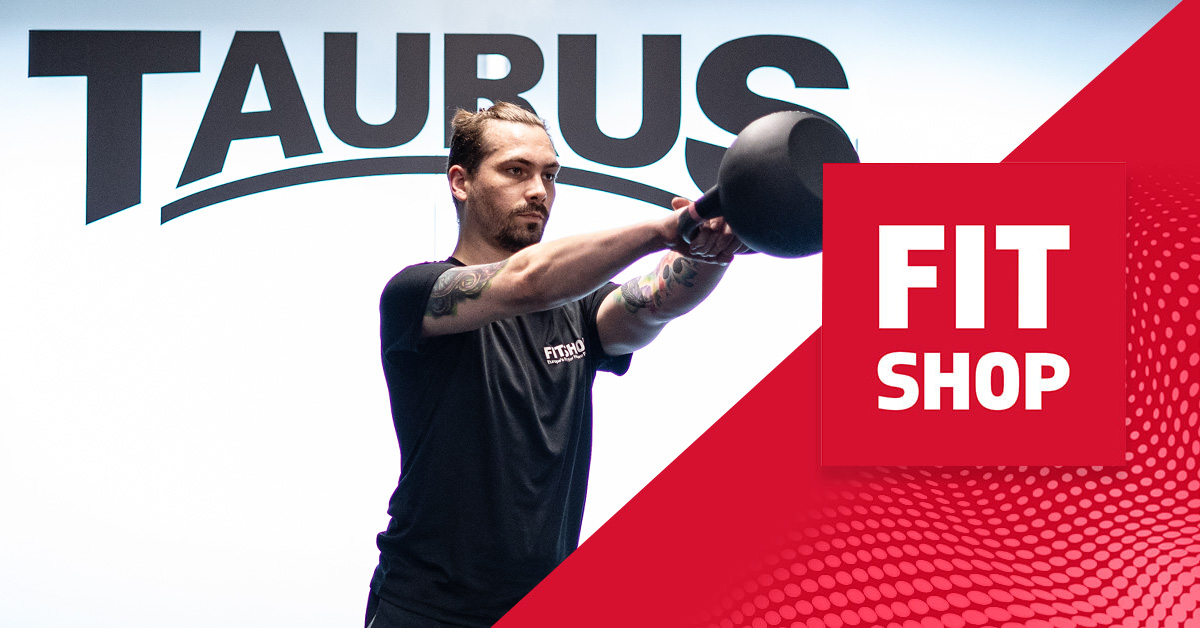
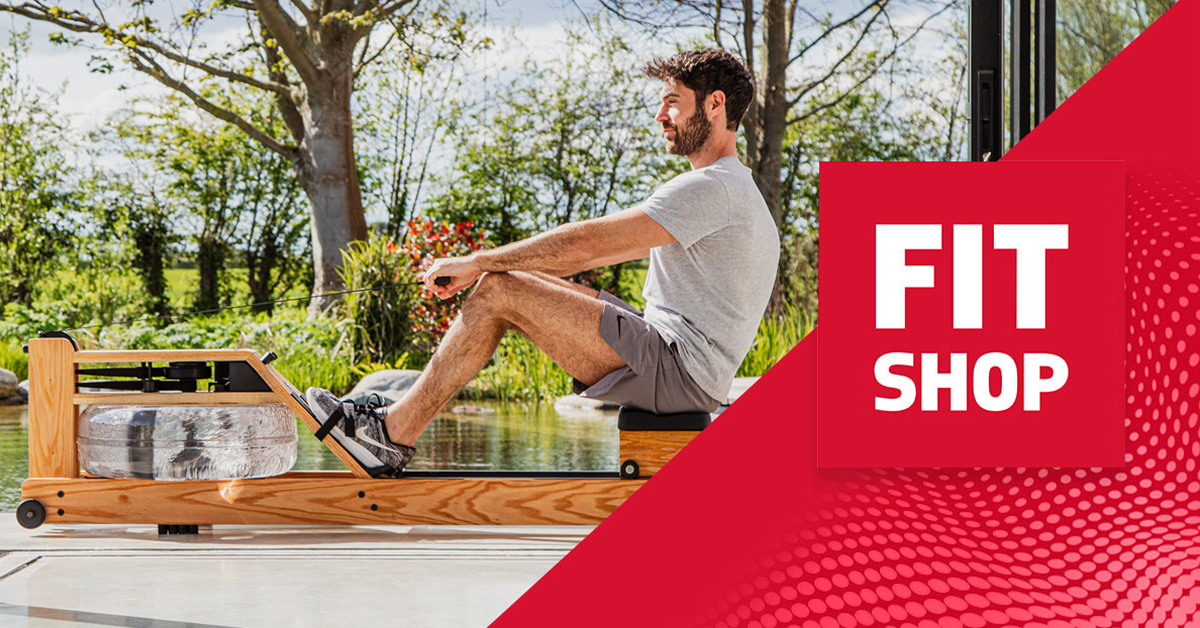
Post Comment